Share the post "Use Another Car for a Driving Test in Texas (+ Tips)"
If you plan to take the driving examination portion of your driver’s license application, you might wonder how to take this test without your own car. Fortunately, Texas laws allow you to take the exam using another person’s car with just a few additional required documents.
You can use someone else’s car for the driving exam in Texas if you have the required documents to prove both permission and financial responsibility as defined by the Texas Motor Vehicle Safety Responsibility Act.
If you want to use another person’s car for your driving test in Texas, there are a few things you should know first:
- The required documentation you need
- If the vehicle insurance covers you
- If you qualify as an exception to this rule
Key Points:
- Texas allows you to use someone else’s car for your driving test with the required documentation.
- The car must be registered, insured, and roadworthy.
- Rental cars are generally not allowed, but there are some exceptions.
- Insurance is mandatory and must cover the vehicle you use for the test.
- You need to provide proof of permission to drive the vehicle and proof of insurance for the owner’s vehicle.
- You can book your driving test online, by phone, or in-person at a local DPS office.
- Make sure to prepare for the test, have all necessary documents, and ensure the vehicle is ready.
- Follow all rules and guidelines during the test, and remember to thank the examiner afterwards.
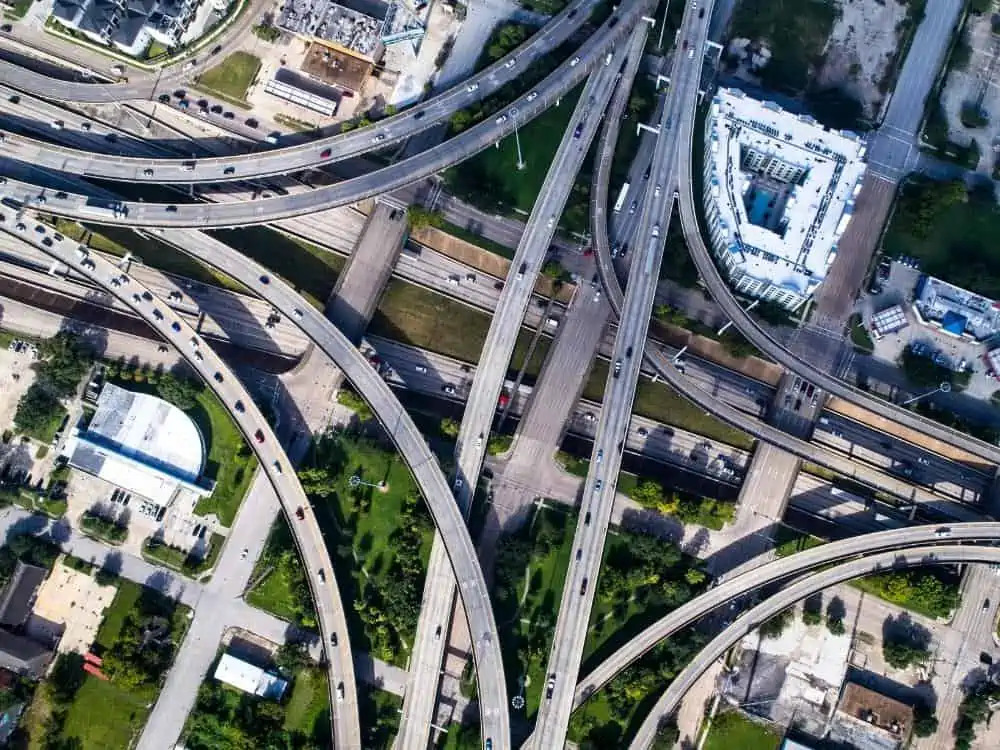
- Can You Drive Someone Else’s Car at Your Driving Test?
- Car Type Required for A Driving Test in Texas
- What if You Don't Have a Car for a Driving Test
- Insurance to Take a Driving Test in Texas
- Required Documentation For a Driving Test
- Exceptions and Special Circumstances
- How to Book a Driving Test in Texas
- Table of Tips For Your Driving Test
- Car for Texas Driving Test FAQ
- Next Steps
Can You Drive Someone Else’s Car at Your Driving Test?
Yes, you can drive someone else’s car at your driving test. However, you will need extra documentation and may have to prove your permission to drive the vehicle.
The State of Texas identifies as “a permissive driving state,” meaning they allow permissive users on car insurance policies. Until 2013, “named driver” policies were allowed in Texas that could disable a person from driving a car they didn’t own, but those policies are now prohibited.
Permissive Driving State
A permissive driving state allows insurance to cover unnamed individuals with permission to drive the car. Even if your name is not on the car’s insurance policy, you will still be covered if you have permission from the vehicle owner.
Named Driver Exclusion Policies
Until recently, named driver policies were available to purchase at a discounted rate for coverage to specifically-named drivers. Now, a person may have a named-driver exclusion only if it applies to one specifically named individual, not a class of people.
So unless the owner has requested you as ineligible for coverage on the policy, you will be covered by the vehicle insurance.

Car Type Required for A Driving Test in Texas
In Texas, the requirements for the type of car used for a driving test are generally straightforward but essential to adhere to. The vehicle must be legally registered, insured, and roadworthy. Here are some specific points you should consider:
- Vehicle Registration and Insurance: The car must have a valid registration and proof of insurance. Make sure to carry these documents with you to the test.
- Inspection Sticker: The vehicle must display a valid and up-to-date sticker.
- Safety Features: The car should have all required safety features such as seat belts, rearview and side mirrors, working lights, and signals. It should also have functional brakes and a horn.
- Cleanliness: Although not a legal requirement, it’s generally a good idea to ensure the interior and exterior of the vehicle are clean.
- Automatic or Manual: You can use either an automatic or manual transmission vehicle for your test. However, note that if you test with an automatic, you’ll only be licensed to drive automatics.
- No Rental Cars: In Texas, you cannot use a rental car for a driving test unless the rental agreement specifically allows it or the vehicle is rented for the purpose of the test and is driven by a legal guardian, parent, or driving instructor.
- Additional Restrictions: Some testing centers may have their own other requirements or restrictions, so it’s advisable to contact your local testing center in advance to confirm their specific vehicle criteria.
Failure to meet these requirements could result in the cancellation of your driving test appointment, so it’s crucial to ensure your vehicle complies with all guidelines.
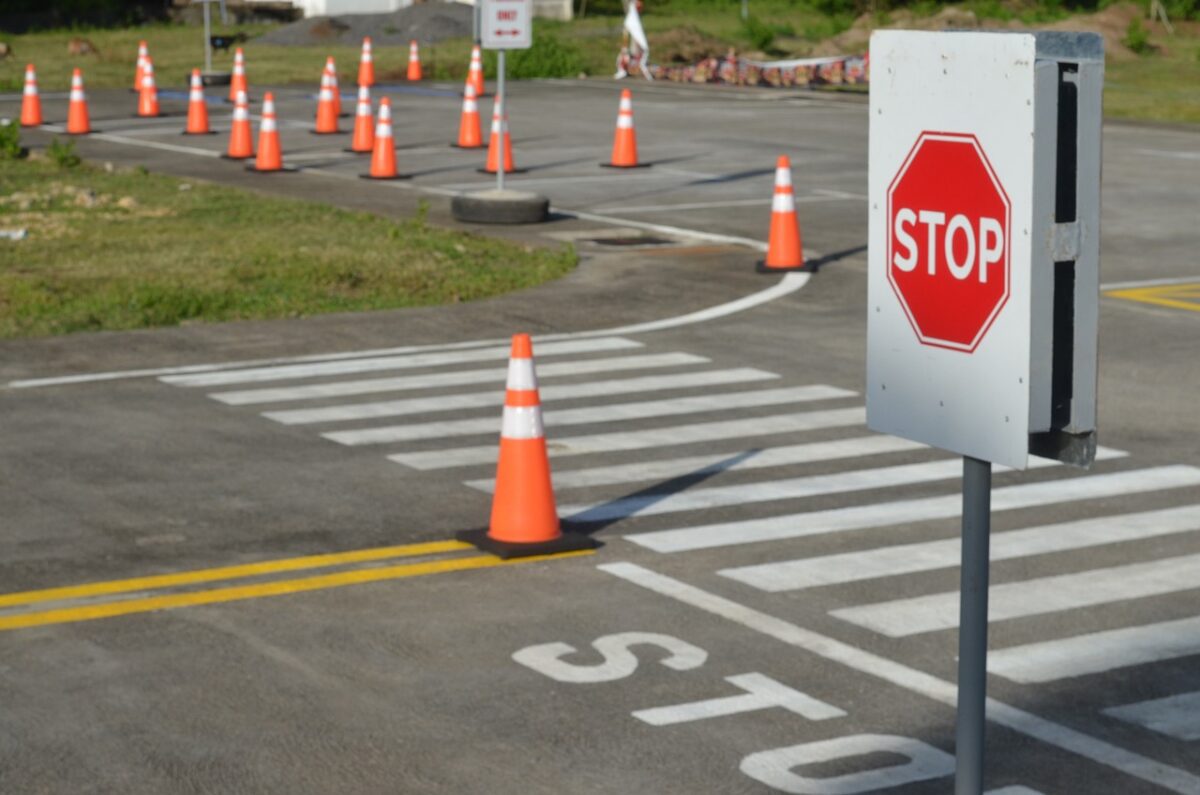
What if You Don’t Have a Car for a Driving Test
If you don’t have a car available for your driving test in Texas, there are several alternative options you can consider:
- Borrow a Car: One of the most common options is to borrow a car from a family member or friend. Just ensure that the vehicle meets all the requirements for the driving test, such as current registration, insurance, and inspection.
- Driving School Cars: Many driving schools offer the option to use their vehicles for the driving test, sometimes even as part of a package that includes practice lessons. These cars are already configured to meet testing requirements, which can reduce stress on the day of the test.
- Rental Car: Though using a rental car is generally not allowed for driving tests in Texas, there are exceptions. Some rental agreements may permit the use of the vehicle for a driving test if a legal guardian, parent, or certified instructor is the one renting it.
- Rideshare or Taxi: This option is usually not recommended, as rideshare and taxi vehicles may have certain restrictions that make them unsuitable for driving tests (e.g., lack of controls accessible to the instructor). Also, policies regarding their use for tests can vary.
- Peer-to-Peer Car Sharing Services: Some services allow you to rent cars from individuals, similar to a traditional rental car but more flexible. Check any terms or conditions that might apply to using the vehicle for a driving test.
- Check with the Testing Center: In some locations, testing centers may have cars available for rent or use during the test. This is less common but worth investigating.
- Public Driving Programs: Some municipalities or non-profits offer community programs that provide cars for driving tests, usually aimed at low-income residents. Availability and conditions can vary widely, so it would require some research.
Remember, no matter what option you choose, the vehicle must meet the Texas Department of Public Safety’s requirements for a driving test vehicle, as mentioned in my previous response.
Failure to meet these requirements can result in the cancellation of your test appointment. Always double-check the specific requirements with your local testing center to avoid any surprises.
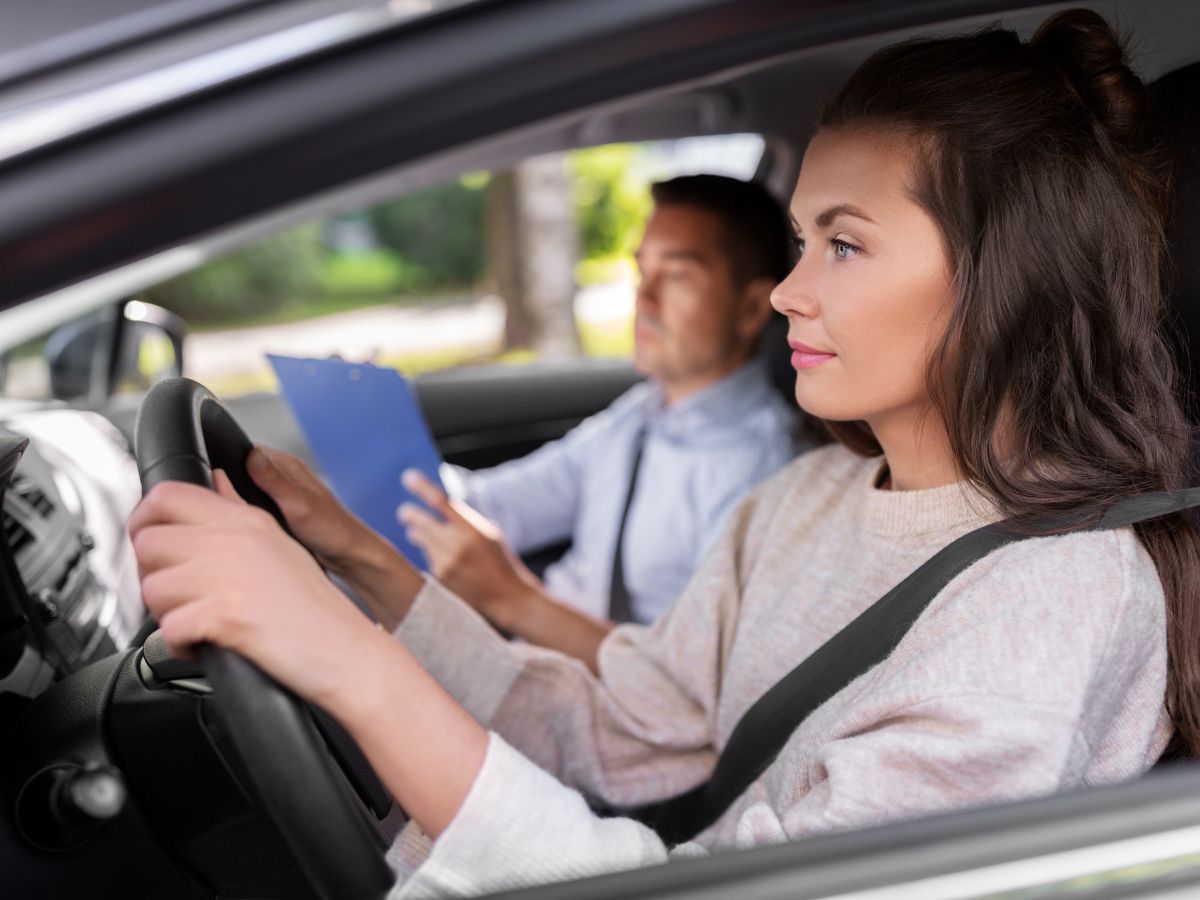
Insurance to Take a Driving Test in Texas
In Texas, insurance is a mandatory requirement for taking a driving test. A valid insurance policy must cover the vehicle you plan to use for the test, and you will need to provide proof of this insurance to the examiner before the trial begins. Here are some critical points regarding insurance for a driving test in Texas:
- Proof of Insurance: The car must have a valid proof of insurance, usually a card issued by your insurance provider. It’s essential to have this document with you during the test.
- Minimum Coverage: Texas law requires a minimum of 30/60/25 coverage. This means:
- $30,000 for each injured person
- Up to $60,000 per accident
- $25,000 for property damage
- Owner’s Policy: If you borrow a car for the test, relying on the car owner’s insurance policy is generally acceptable, as most policies extend coverage to other drivers using the vehicle with permission. However, it’s a good idea to check this in advance.
- Temporary Insurance: If you don’t have a regular policy because you don’t own a car, some insurance providers offer short-term or temporary car insurance policies that last a few days to a few months. These can be a viable option for the driving test.
- Non-Owner Insurance: If you frequently drive but do not own a car, you may consider getting a non-owner car insurance policy. This type of insurance provides liability coverage when renting a vehicle or borrowing someone else’s car.
- Driving School Insurance: If you use a driving car for the test, the school’s insurance will generally cover you. Make sure to confirm this with the driving school in advance.
- Special Conditions: Some testing centers might have specific requirements or limitations related to insurance, especially if they offer cars for rent or use during the test.
- Exclusions: Some insurance policies may have exclusions for driving tests or other specific scenarios. Always check the terms of your policy carefully.
Failure to provide valid proof of insurance at the time of your driving test will most likely result in the cancellation of your test. Therefore, it’s crucial to sort out your insurance situation before your scheduled test date.
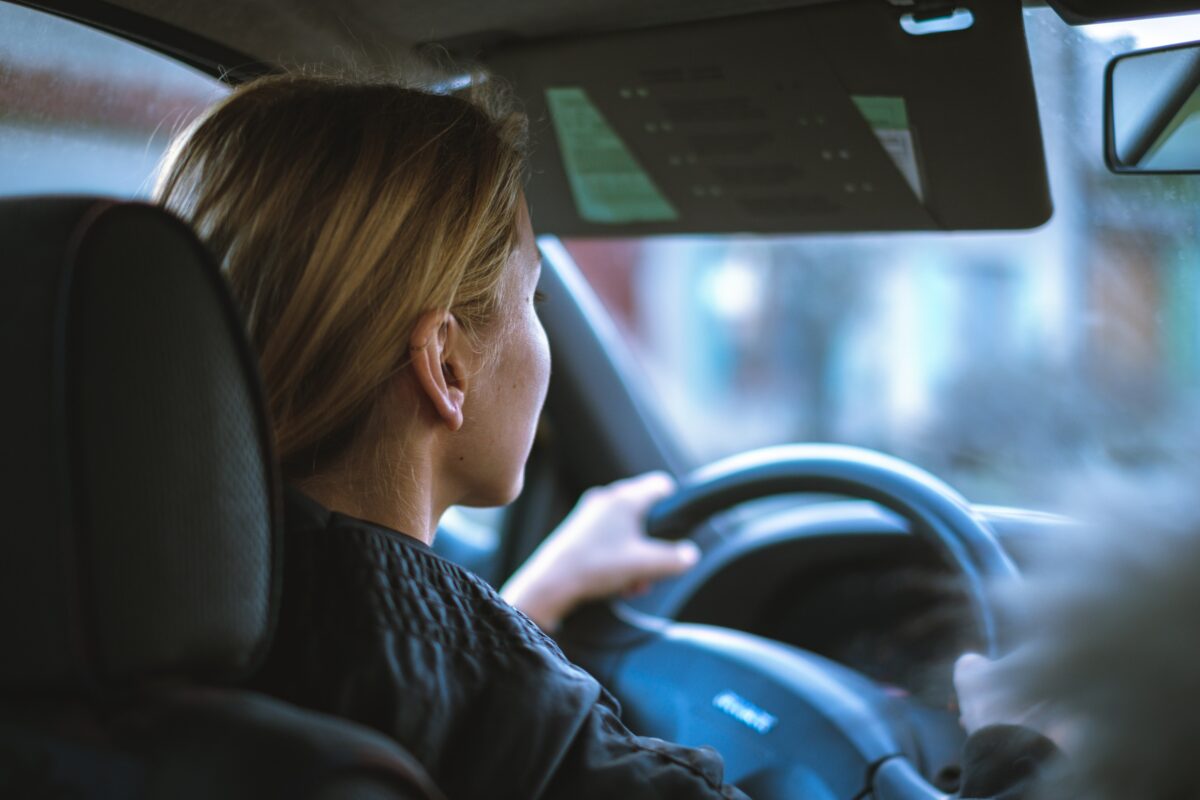
Required Documentation For a Driving Test
Even though Texas is a permissive driving state, you still have to provide the documentation to prove financial responsibility by the owner and your permission to drive the vehicle.
You should be ready to provide this documentation:
- Proof of Financial Responsibility (Insurance) or Exemption
- Proof/Statement of Permission to Drive Vehicle
- Proof of Insurance for Owner’s Vehicle
- Identification Documents
Proof of Financial Responsibility
To apply for a license, you must submit proof of financial responsibility or a statement declaring your exemption from this policy. If you do not personally own a vehicle, you are exempt from needing proof of insurance.
Proof of Permission
You will also be required to show proof of your permission to drive the vehicle- this could be in the form of a written statement from the owner. This confirms your ability to be covered by the owner’s insurance and supplements the insurance policy stating your coverage.
Vehicle Insurance
A copy of the owner’s insurance policy is mandatory as documentation proving that anyone can drive the vehicle with the owner’s permission, including proof of financial responsibility for the owner. Any vehicle used in the driving examination must have insurance on file.
Identification Documents
You must bring the usual identifying documents required for your application along with the additional documents discussed. The documents can include your proof of address, birth certificate, social security number, and previous driving record.

Exceptions and Special Circumstances
There are specific circumstances in which you might not be able to drive another person’s car, or you might have additional documentation to complete.
If you are a minor, using a different type of vehicle than you are testing for, or are a new Texas resident surrendering your old out-of-state license, you may be required to complete extra steps to take the driving test.
Minors
If you are under 18, your application must be signed by your parent or legal guardian in the presence of the examiner or a notary. You and your guardian must read through information regarding distracted and drunk driving.
Vehicle Class
You must drive the same vehicle class in the driving exam listed on your license application. For most people, this will be Class C.
Testing Classes:
- Class A: Testing class for Class A vehicles such as 18-wheelers
- Class B: Testing class for Class B vehicles such as dump trucks and buses
- Class C: Testing class for Class C and D vehicles, such as personal cars
If upgrading from one class to another, you will still be required to bring the type of vehicle applicable to the test. There will also be a $10 fee assessed to upgrade your license to a higher class designation.
New Texas Resident
If you are a new Texas resident looking to update your out-of-state driver’s license, you must submit additional documentation for any other vehicles you might have. If you own an unused vehicle, you must submit proof of registration in Texas for that car.
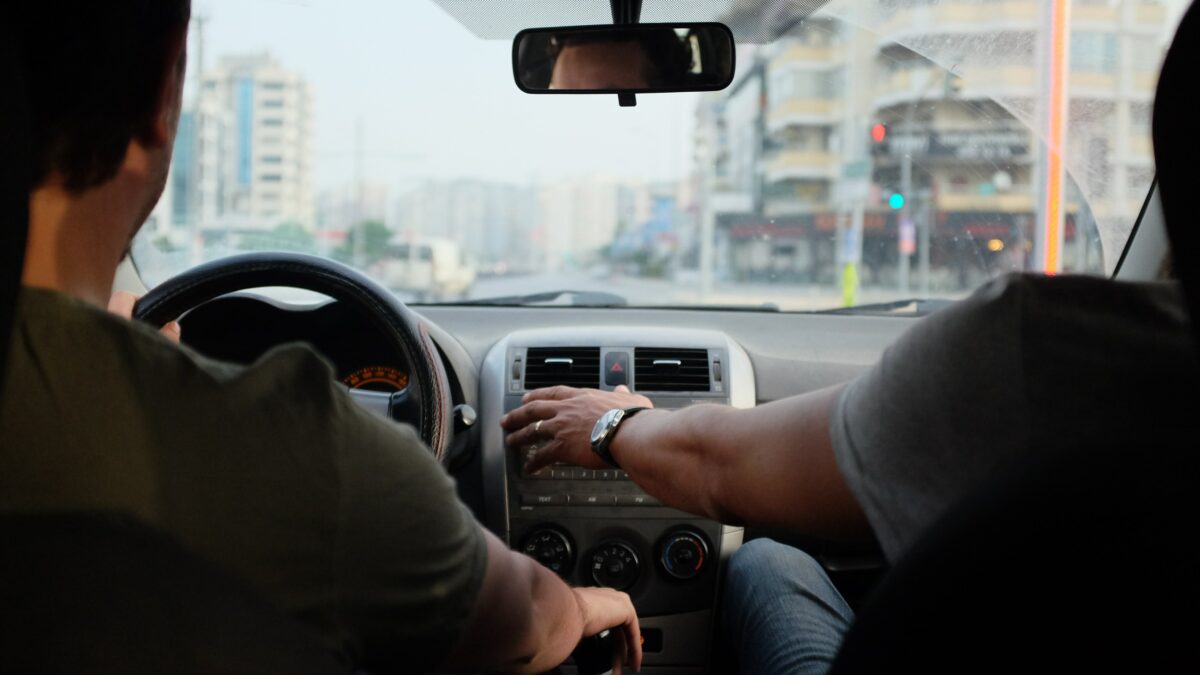
How to Book a Driving Test in Texas
Booking a driving test in Texas involves a few key steps, and you have multiple options for scheduling your test. Here’s how you can go about it:
Online Booking
- Visit the Texas DPS Online Services Website: The Texas Department of Public Safety (DPS) offers online scheduling of driving tests. You’ll need to create an account if you don’t already have one.
- Website: Texas DPS Online Services
- Select the Type of Test: Choose the appropriate driving test, such as “Class C” for regular cars or other specific classes for commercial or motorcycle licenses.
- Choose a Location: Pick a testing center closest to you from the list of available options.
- Select a Date and Time: You will be presented with available dates and times; choose one that suits you.
- Confirm and Pay: Confirm your appointment and pay any required fees online.
Phone Booking
- Call DPS Customer Service: You can call the Texas DPS Customer Service to schedule your test.
- Contact Number: (512) 424-2600
- Provide Required Information: Be prepared to provide your learner’s permit number, name, and other identifying details.
- Choose a Location and Time: The customer service representative will help you pick an appropriate location and time for your test.
- Payment: Payment options over the phone can vary. Follow the instructions given by the customer service representative.
In-Person Booking
- Visit a Local DPS Office: Some prefer to schedule in-person tests. You can visit a local DPS office to set up your test.
- Location Finder: DPS Office Locations
- Required Documents: Bring identification, your learner’s permit, and other required documents.
- Schedule and Pay: Choose your test date and pay the fee at the office.
Additional Information
- Rescheduling and Cancellations: If you need to reschedule or cancel your appointment, you can do so through the same method you used to book the test.
- Testing Fees: There are various fees associated with driving tests, which are subject to change. Check the DPS website for the most current information.
Remember to ensure that the vehicle you plan to use for the test meets all of the Texas DPS requirements, including insurance, before the day of your test. Failure to meet these criteria could result in the cancellation of your appointment.
Table of Tips For Your Driving Test
| Category | Tips |
|---|---|
| Preparation | 1. Familiarize yourself with the test route. 2. Practice driving under various conditions. 3. Study the driver’s manual thoroughly. |
| Documentation | 1. Ensure you have a valid learner’s permit. 2. Carry proof of insurance and vehicle registration. 3. Have a valid inspection sticker on the vehicle. |
| Vehicle Readiness | 1. Check that all lights are functioning. 2. Ensure brakes are in good condition. 3. Verify that seat belts are operational. |
| Mental Readiness | 1. Get a good night’s sleep. 2. Avoid consuming substances that could impair your driving. 3. Be calm and focused. |
| During the Test | 1. Get a good night’s sleep. 2. Avoid consuming substances that could impair your driving. 3. Be calm and focused. |
| Communication | 1. Use signals when turning or changing lanes. 2. Make eye contact with pedestrians when needed. 3. Use your car horn sparingly and only when necessary. |
| Speed Management | 1. Follow speed limits strictly. 2. Adjust your speed according to road conditions. 3. Keep a safe following distance. |
| Situational Awareness | 1. Regularly check rear-view and side mirrors. 2. Be aware of pedestrians and other vehicles. 3. Anticipate actions of other drivers. |
| Parking | 1. Practice parallel parking beforehand. 2. Use handbrake when parked on an incline. 3. Make sure to park within designated areas. |
| Post-Test | 1. Thank the examiner. 2. Listen to any feedback provided. 3. If you fail, ask for tips on areas that need improvement. |
Remember, these are general guidelines. Specific requirements and expectations may vary by location and examiner. It’s always advisable to consult your local testing center or the Texas Department of Public Safety for the most accurate and detailed information.
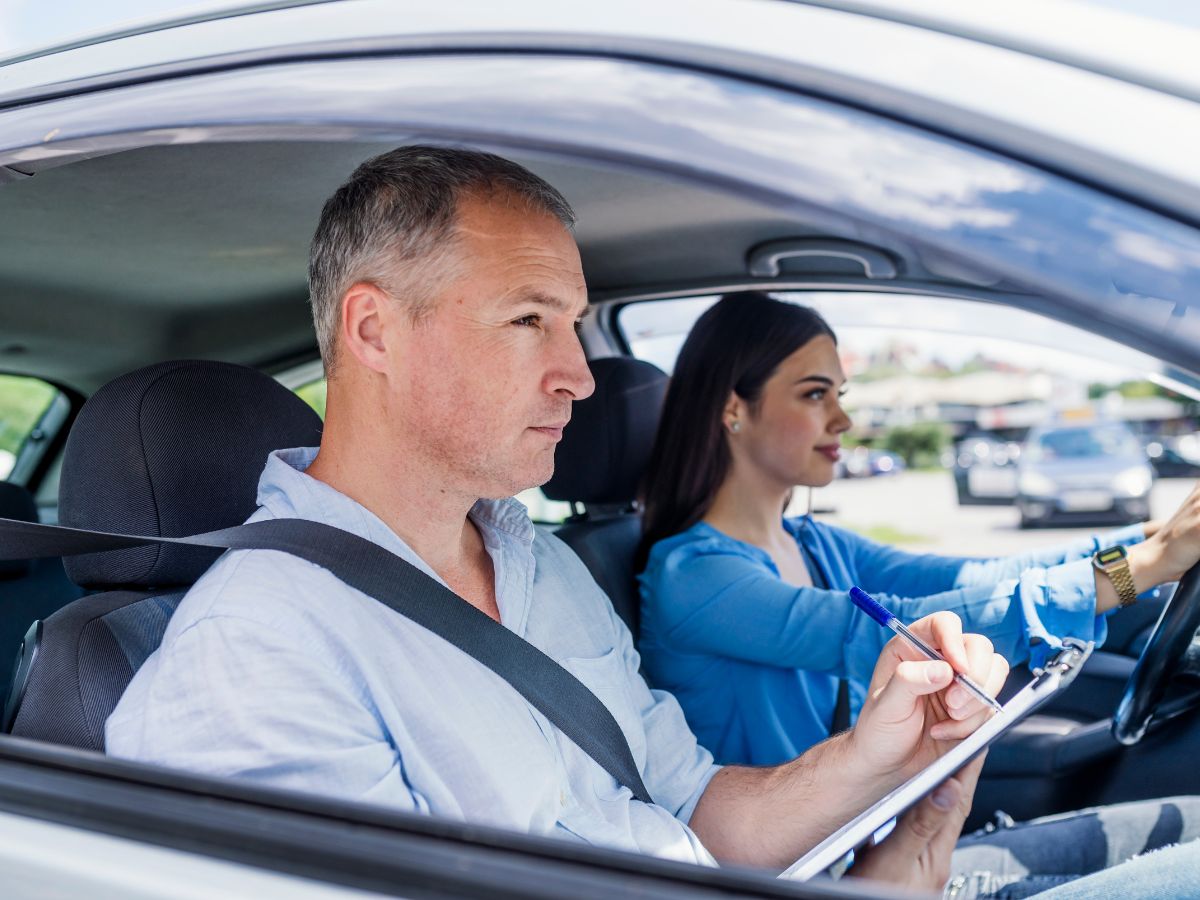
Car for Texas Driving Test FAQ
Does the owner of the vehicle need to come with me?
No, the owner does not have to be present for you to use the car. However, if you do not have a driver’s license yet, you will need someone to drive you to the test.
Are there any extra fees associated with using someone else’s car?
No, no fees are assessed for using someone else’s car.
Can I drive the car to the testing site?
You can drive the car to the testing site with a license. Otherwise, you will need someone to drive you there and back home if you do not pass the exam.
Next Steps
If you’re planning to use another car for your driving test in Texas, here are the next steps you should take:
- Check the requirements: Make sure you understand the requirements for using another person’s car for the driving test in Texas. This includes having the necessary documentation and ensuring that the vehicle meets the registration, insurance, and safety requirements.
- Gather the required documents: Collect the necessary documents to prove permission and financial responsibility. These may include proof of insurance, a statement of permission from the owner, and identification documents.
- Contact the testing center: Reach out to your local testing center to confirm their specific vehicle criteria and any additional requirements they may have. They can provide you with the most up-to-date information and answer any questions you may have.
- Arrange a suitable car: Determine how you will access a suitable car for the driving test. Options include borrowing a car from a family member or friend, using a driving school car, or exploring alternative options such as rental cars or peer-to-peer car sharing services.
- Sort out insurance: Ensure that the vehicle you plan to use is covered by valid insurance. If the owner’s insurance policy covers other drivers with permission, you may be substituted. Alternatively, you can consider temporary or non-owner insurance if you don’t have a regular policy.
- Book your driving test: Schedule your driving test through the Texas Department of Public Safety (DPS) online services or by calling DPS customer service. Have your learner’s permit number and other required information ready.
- Prepare for the test: Familiarize yourself with the test route, study the driver’s manual, and practice driving under various conditions. Ensure you and the vehicle are mentally and physically prepared for the test.
- Follow the tips: Review the tips in the article for a successful driving test. These include tips for preparation, documentation, vehicle readiness, mental readiness, communication, speed management, situational awareness, parking, and post-test actions.
Remember to always double-check with your local testing center for any specific requirements or changes to the process. Good luck with your driving test in Texas!
Useful links:
- Texas Department of Public Safety Online Services: https://www.dps.texas.gov/section/driver-license/faq/section-2-scheduling-road-test
- Texas Driver Handbook: https://www.dps.texas.gov/internetforms/Forms/DL-7.pdf
- House Bill 1773: https://capitol.texas.gov/tlodocs/83R/billtext/html/HB0177
Share the post "Use Another Car for a Driving Test in Texas (+ Tips)"
Christian Linden is a seasoned writer and contributor at Texas View, specializing in topics that resonate with the Texan community. With over a decade of experience in journalism, Christian brings a wealth of knowledge in local politics, culture, and lifestyle. He holds a Bachelor's degree in Communications from the University of Texas. When he's not writing, Christian enjoys spending weekends traveling across Texas with his family, exploring everything from bustling cities to serene landscapes.











